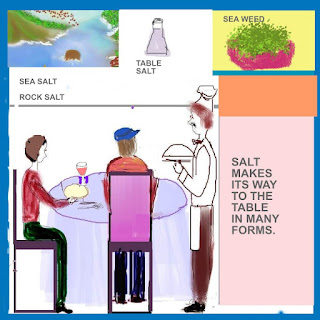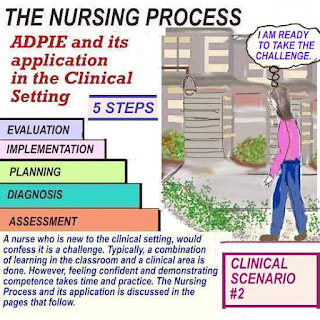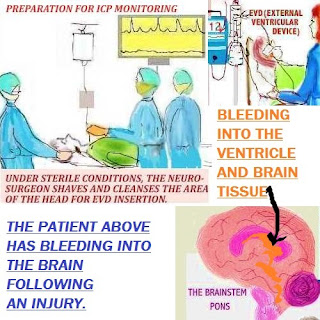Updated 8/25
Dear nurses,
As we all know, pain is a common complaint.
It is important to recognize the cause, source
and to do an assessment on a scale of 1-10.
Pain medication is given to the patient complaining
of pain. Medication is usually ordered by the doctor.
The MAR is used for each patient.
Documentation of the pain medication given, the
pain scales from start to finish and the outcomes
of all
medication, is also important.
Below are some scenarios associated with pain.
Here are some helpful pointers for good medication administration:
- Follow MD orders
- Remember the five or more rights
- DO NOT USE COLOR CODING AS YOUR ONLY GUIDELINE.
Remember, many pills may have the same color, but that does not
mean they are of equal strength.
- If you are a
new nurse and you are uncertain, consult with a more
experienced nurse to help you out.
- Always follow your Institution's policies and
procedures.
The Numerical Pain Scale is a useful tool when
assessing pain. It is based on a scale of 0-10.
A ladder starts from the ground and escalates to
the highest point, so does pain start from 0-10.
 Updated 7/25
Updated 7/25





 Updated 9/24
Updated 9/24 Have a good Memorial Day!
Have a good Memorial Day!













 What is a seizure?
What is a seizure?













 Updated 6/24 Trauma care
Updated 6/24 Trauma care






